End of the Line for Las Vegas Monorail
Posted on: April 5, 2024, 12:52h.
Last updated on: July 23, 2024, 08:56h.
When news broke in late 2020 that the Las Vegas Convention and Visitors Authority (LVCVA) had purchased the Las Vegas Monorail Co. out of bankruptcy, fans of the once-futuristic tram system saw it as a lifeline.
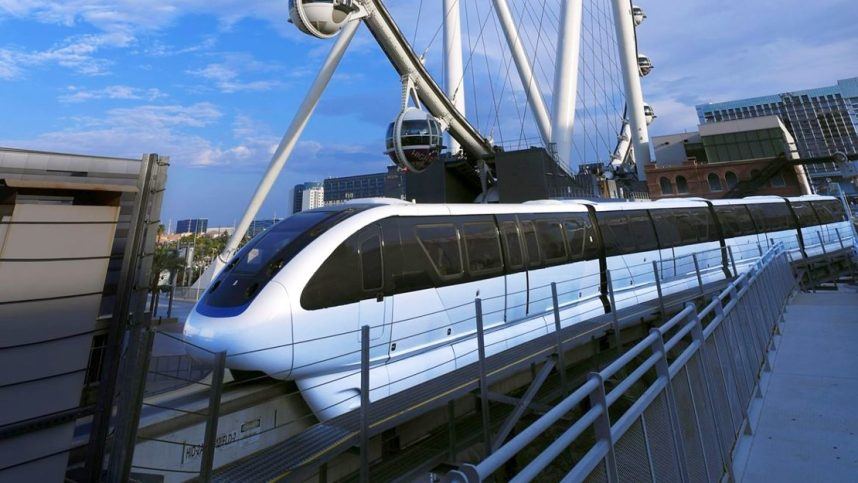
It was really a death warrant.
What most people don’t realize is that the LVCVA’s plans included an $11 million fee for dismantling the monorail, perhaps as early as 2028, but definitely by 2030.
Last Stop Coming Up
The problem is that operating the monorail, for which the LVCVA pays a Los Gatos, Calif. company up to $500K annually, has become like driving a 1961 Ferrari 250 GT California SWB Spider. Sooner or later, it will break down and require a replacement part that can’t be obtained because it’s not manufactured anymore.
And old monorail parts aren’t the kind of things that get listed on eBay.
The monorail employs nine Mark VI trams, each with four cars, which its four-mile track was custom-designed to fit. Those trams are only manufactured by Bombardier out of Quebec, which no longer makes them. In fact, after racking up billions of dollars of debt, it no longer makes trams at all. Bombardier sold its rail business for $6.7 billion to French competitor Alstom in 2021.
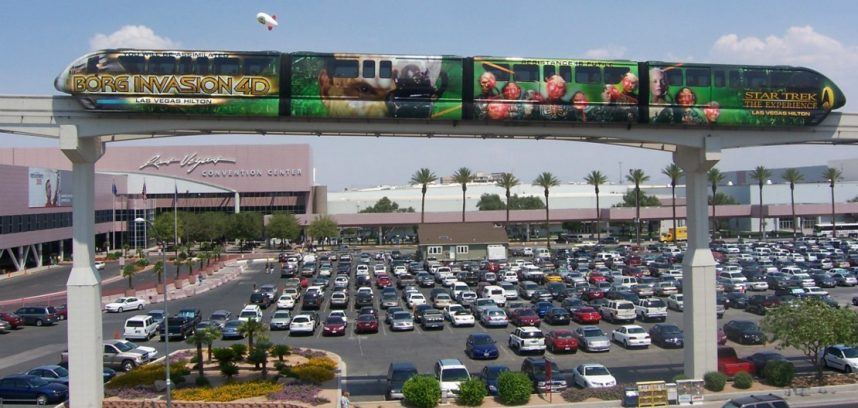
For a while, monorail executives reportedly rooted for Disney World to upgrade its Mark VI trams so they could buy the retired stock. (The first monorail tracks to operate in Vegas, connecting the MGM Grand and Bally’s from 1995 to 2002, used two retired Disney World Mark IVs.)
However, the Mouse House is in the same no-win situation as Las Vegas. It can buy an all-new monorail system but would need to construct all-new tracks. It’s not impossible for a company to develop a new monorail to fit the existing one’s tracks but nobody is rushing to step up to that very niche plate.
Off the Rails
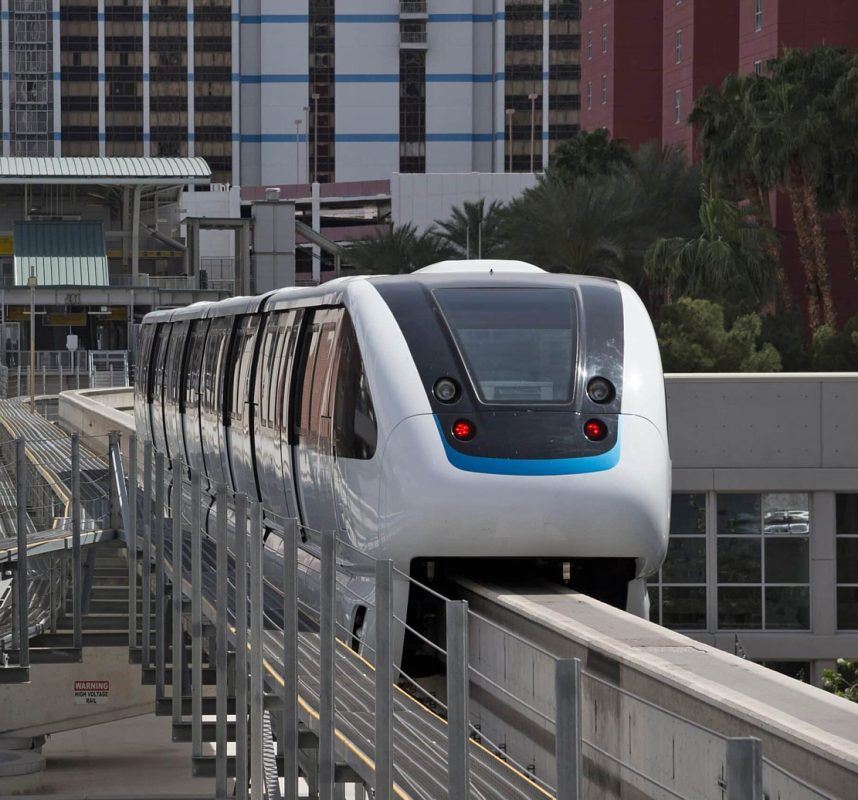
The Las Vegas monorail began when the original MGM Grand-to-Bally’s system expanded to include seven more stops along the resort corridor in 2003.
It has never made a profit — but it was never designed to — since it was considered a public service. Though no public money was used in its $650 million construction ($1.12 billion today), Nevada did provide the project with the largest investment of state-issued bonds in the state’s history.
Other than its latest bankruptcy, which was its second, another hint that something wasn’t right was the relatively small price paid by the LVCVA, $24.3 million, for a system that cost so much to build.
A third hint is the deafening silence surrounding the monorail’s plans for a Mandalay Bay/Allegiant Stadium extension and a stop at MSG Sphere. Both were approved by Clark County in 2018 and expected to open by 2021.
The monorail even announced, in October 2019, that it had secured $33.5 million in financing from Dallas-based Preston Hollow Capital for the expansion.
The completion of this initial financing is an important and necessary step in our expansion strategy for this system, which already provides substantial mobility benefits along our busy resort corridor,” Las Vegas Monorail Co. CEO Curtis Myles said in a statement at the time.
“With two new stations, we will multiply those benefits for our customers, resort partners, sponsors, and our community.”
Neither station gets mentioned anymore by the LVCVA.
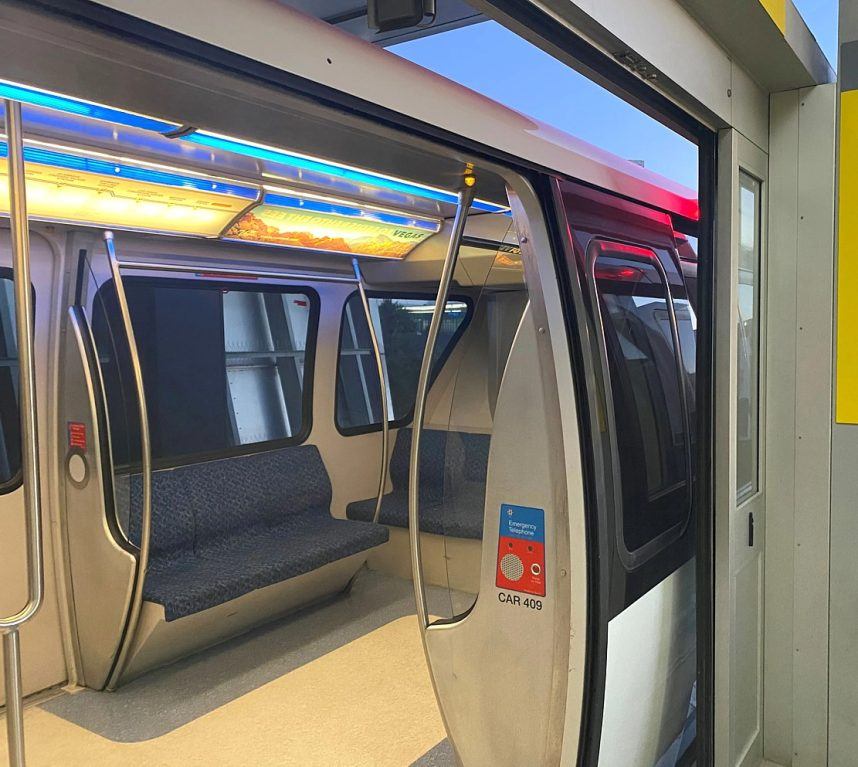
Crazy Train
So why would the LVCVA purchase an old transportation system that they knew was doomed?
Because the monorail had a noncompete clause that prohibited any other company from building another off-street transportation system for the Strip.
And the LVCVA had already signed, in 2019, a $48 million contract with Elon Musk’s The Boring Company to build the Vegas Loop, which would probably have violated the monorail’s noncompete clause.
Monorail tickets cost $5.50 for a one-way ride, $13.45 for an unlimited 24-hour pass, and $57.50 for a seven-day pass via the system’s website. Monorail trains arrive every four to eight minutes.
Related News Articles
New ‘Tesla Tunnels’ Approved for Musk’s Vegas Loop
Boring Co.’s Next Vegas Loop Tunnel Reaches Virgin Hotels
Most Popular
Mirage Las Vegas Demolition to Start Next Week, Atrium a Goner
Where All the Mirage Relics Will Go
Most Commented
-
Bally’s Facing Five Months of Daily Demolition for Chicago Casino
— June 18, 2024 — 12 Comments
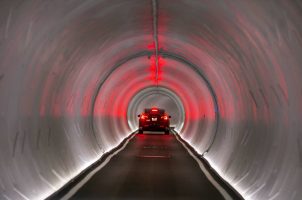
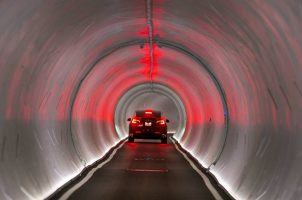

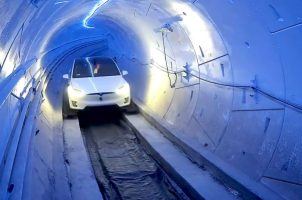





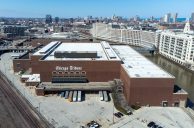




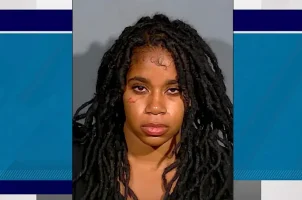

Last Comments ( 91 )
If it went to the airport it would make money
It's a big mistake to tear down the Las Vegas monorail. It should rather be expanded to the airport or other areas. It's just like in Los angeles, they destroyed the once Mighty Pacific electric rail system, now they're trying to rebuild it piecemeal. The Las Vegas monorail rather than being torn down should be kept as it is a very effective transportation system. This would be a big error to remove the Las Vegas monorail.
musk is building boring company tunnels. I would assume they will give up running a tesla underground and make these tunnels into a subway. That's my prediction.
Just another waste of taxpayer money from the worthless commisioners.
Vegas will soon bankrupt itself altogether, general unaffordability is the big attraction.
Vegas bey bey yeah. A city doesn't care about anything else except to make money. Not surprised that it's done. Show me the money. Vegas style. Sucks
The whole concept of the monorail really seems to work - is when a major convention or event is in town. I always wondered why they did not extend the monorail to the airport ?
It was a dumb idea from jump. I lived there during the time it was built. Rode it a few times, but it was basically useless. Just build a light rail
I am looking forward to the on-strip cable sky tram that is planned for opening 2027. Gliding high over Las Vegas Blvd will be amazing. I can't wait. I hope there will be a station at in front of the Paris Hotel.
As a wheelchair User I rely on the monorail to navigate the strip, whenever I'm in Vegas! Others with mobility issues, parents with prams & Others in the community rely on the monorail. Wheelchair accessible taxis are virtually non-existent, & the new vegas loop is currently inaccessible to wheelchair users. Unless the Vegas loop plans to add wheelchair accessible vehicles in the future, Large parts of the strip will be hard to get too!
i was a 3-4 times a year Vegas visitor from 1975 to roughly 2010 and when they built the monorail between ballys and MGM, it seemed fine. But when they decided to build the monorail in a loop to what was then the HIlton and Sahara and back to mgm, i knew it was going to fail that, except for the Hilton(whatever it's called now), the stations were in the back of each hotel/casino. Which meant anyone on the strip wanted to take the "tram/train", they had to walk all the way through the casino and hotel, and when they got to their destination, same thing, walk through the hotel/casino to get to the strip. I even wrote the powers to be that it they needed to put the monorail where the people are, on the strip.
Fun, drunk times.
It was too far to walk to from the resorts to be much of a convenience.
So with that gone, are they going to put something else in?? That so far to walk. We usually ride to the end and walk back.
So with that gone, are they going to put something else in?? That so far to walk. We usually rude to the end and walk back.